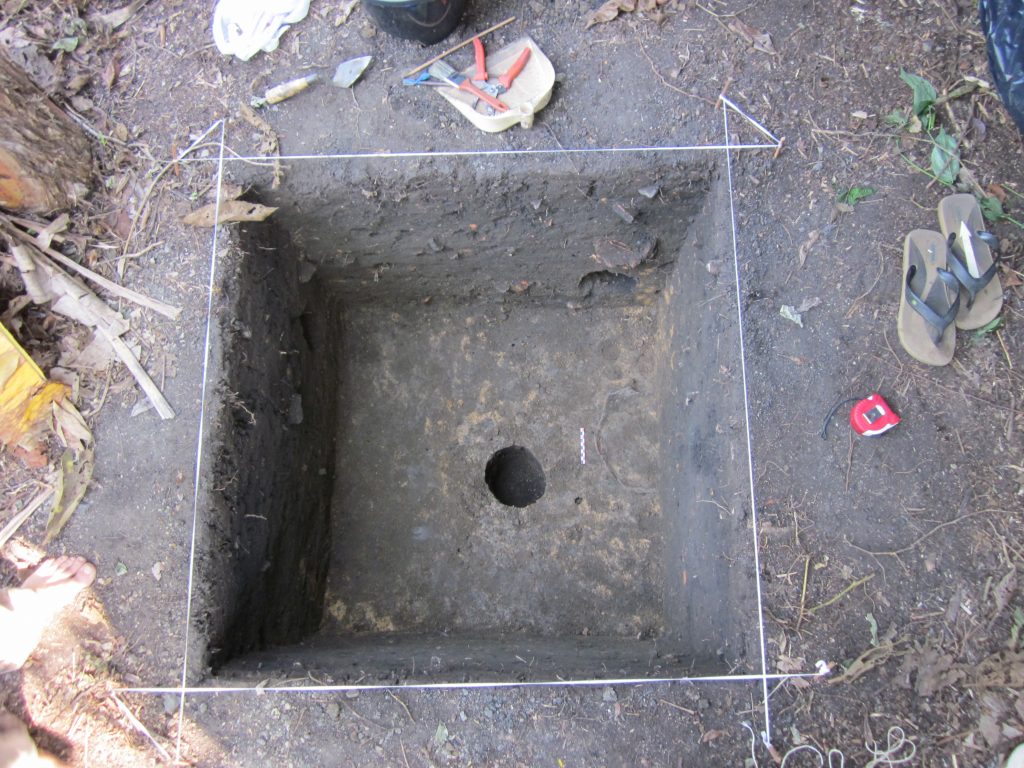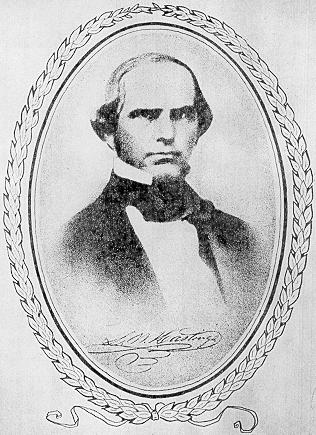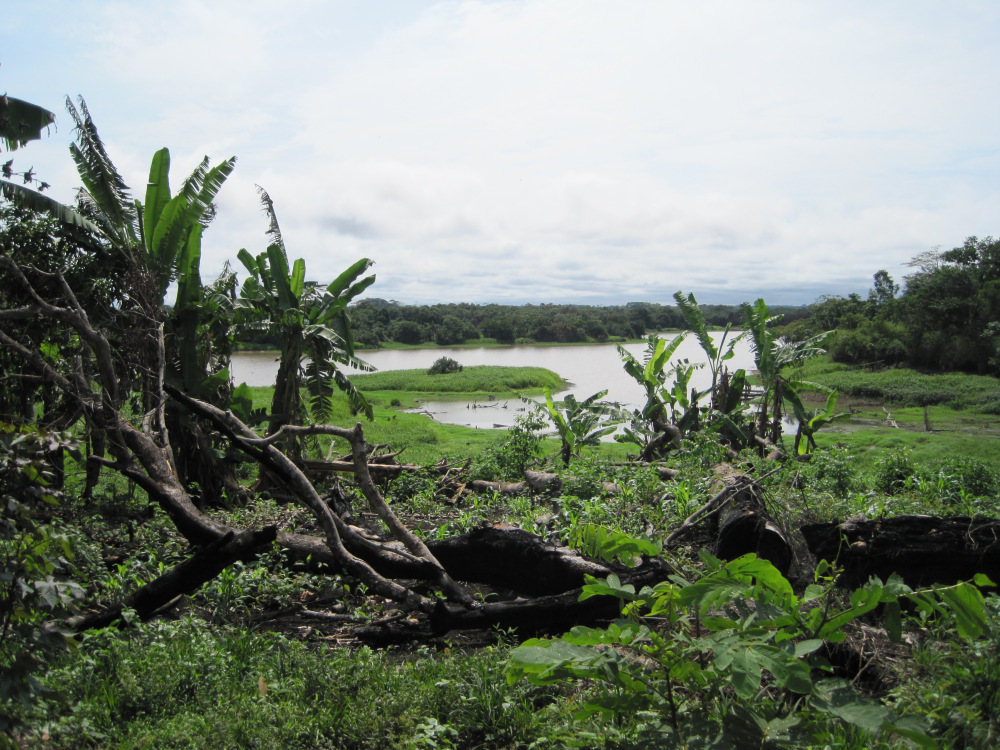American Confederates and the Origins of Archaeology in the Amazon Basin

Excerpted from Amazonia in the Anthropocene: People, Soils, Plants, Forests by Nicholas C. Kawa. University of Texas Press, 2016. All rights reserved.
When the American Civil War ended in 1865, an estimated 20,000 Southerners chose to move to Brazil rather than be re-unionized. Most of the Confederates—known in Portuguese as Os Confederados—settled in the southern part of Brazil, particularly in the state of São Paulo. However, one contingent led by Maj. Lansford Hastings ventured north to the Brazilian Amazon.
After surveying areas along the lower Amazon River, Hastings was provisionally granted a tract of 60 square leagues (about 259,000 acres) of land to the south of the city of Santarém. He agreed to pay 22.5 cents (U.S.) per acre for it at the end of three years. But a little more than a year later, he succumbed to yellow fever on a trip to recruit more settlers from the American South. Still, many of the colonists remained, making their living farming the Amazonian soil and toiling in the equatorial sun.
Shortly after arriving in Santarém, the Confederates began cultivating corn, cotton, tobacco, and sugar cane. Several families situated their plantations on the rich soils known locally as terra preta do índio, or “black earth of the Indian.” The dark soils stood in stark contrast to the sunset orange-and-red clays that otherwise dominated much of the uplands that rose above the Amazonian floodplains. Abundant potsherds littered the surface layer of rich earth, which concealed an even greater wealth of Indigenous artifacts hidden deeper below. Whether they initially realized it or not, the Confederates were farming on old Amerindian villages.
One Confederate, Romulus J. Rhome, operated a large sugar cane plantation on such a terra preta site and took an interest in the abundance of archaeological artifacts that were buried in the soil. Over time, he amassed a significant collection of Indigenous cultural material, as noted by the visiting North American geologist Herbert Smith:
We find fragments scattered everywhere, and Mr. Rhome has been making archaeological collections for years. He gets all sorts of curious clay figures: vultures’ heads, frogs, a cock with comb and wattles complete, a whistle, and one odd-looking affair punched full of holes, which—so Mr. Rhome laughingly insists—must be a toothpick-stand.
Although relatively little literature can be found about Rhome, he unknowingly began what would become a tradition of North American archaeology in the lower Amazon River, and today, part of his collection is housed at the Museu Nacional in Rio de Janeiro. In an equally significant contribution, Rhome helped draw attention to the relationship between terra preta sites and pre-Columbian Indigenous settlement in the Amazon region.
Around the time that the Confederate colony was established in Santarém, a young Canadian geologist named Charles Frederick Hartt was exploring the Amazon Basin with Louis Agassiz on the Thayer Expedition (1865–66). As a member of the expedition, Hartt spent 15 months in Brazil collecting fossils and geological specimens. Agassiz hoped these would yield evidence of Late Pleistocene glaciation at sea level in the tropics, an event that he thought would have destroyed all life on land. Agassiz believed that such a discovery would demonstrate divine re-creation—that God had created species anew—and thus disprove Charles Darwin’s theory of evolution. Although Hartt did not agree with Agassiz’s case for glaciation, the geologist’s deep fascination with Brazilian Amazonia was sparked, and it would guide the rest of his life’s work. After returning to the U.S. and accepting a teaching position at the newly founded Cornell University in 1868, Hartt began preparing for a second trip to Brazil.
Hartt returned to South America as the leader of the Morgan Expeditions in 1870. The intended purpose of the expeditions was to study the geology of the Amazon River Valley, but Hartt and his students also dedicated considerable time to archaeological investigations in the region. On his previous visit, he fortunately had met Domingos Soares Ferreira Penna, a Brazilian scholar who had written extensively about the archaeology and ethnology of the Amazon. The two forged an important friendship, and through their correspondence, Penna brought terra preta sites and their related artifacts to Hartt’s attention, encouraging him to investigate Amazonia’s archaeological wealth.
Thus, during the first Morgan Expedition, Hartt visited the Confederate colony in Santarém and took the opportunity to see Rhome’s plantation, which also featured a large shell mound (sambaqui) on the property. After inspecting the mound with Rhome, Hartt suspected that it was not a natural formation but rather a large midden left by early Indigenous inhabitants. With assistance from two of Rhome’s men, Hartt excavated part of the massive shell midden and collected pottery and bones as well as other artifacts he found in the terra preta on the overlooking bluff. Upon returning from the Morgan Expeditions, he remarked in his published preliminary report: “The archaeological material has been so rich that it has been difficult to work out. New collections have constantly been coming in, and what I intended as a short report on the antiquities of the lower Amazonas has grown to be a large volume on the antiquities of the whole empire.”
The association of the terra preta sites with Indigenous artifacts led Hartt, Rhome, Penna, and others who surveyed the region to the logical conclusion that such locations had been former Indigenous settlements. However, the relationship between the soil’s fertility and Indigenous habitation was not entirely understood. Hartt reasoned that Indigenous groups had been attracted to what he considered naturally occurring pockets of fertile soil. But his student, Herbert Smith, had an alternative explanation. Drawing on the writings of Pedro Cristoval de Acuña, the Jesuit priest who chronicled the Amazon voyage of Pedro Texeira in 1639 and who described the large Indigenous populations that lived on the banks of the Amazon, Smith offered the following:
The bluff-land owes its richness to the refuse of a thousand kitchens for maybe a thousand years; numberless palm-thatches, which were left to rot on the ground as they were replaced by new ones. For the bluffs were covered with Indian houses, ‘so close together,’ says Acuña, ‘that from one village you can hear the workmen of another.’
Smith’s theory for the formation of the terra preta soils proposed that they were the product of generations of kitchen middens and accumulated organic refuse. Although some later scholars attempted to refute this theory, suggesting that terra preta soils had formed from volcanic ash or dried lake beds, Smith’s insights would be largely upheld by the scientific community more than 100 years after his initial observations. In this way, Smith and other explorers of his time exposed terra preta as part of a larger “domesticated” environment, forever changing how we would think about the Amazon region.
And, as far-fetched as it may sound, it was the Confederate families of Santarém who helped birth the early archaeology of the Amazon Basin.

































